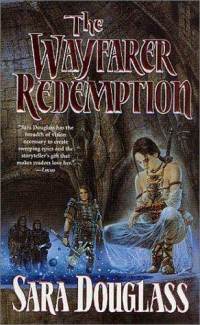Dream a Dream: The Chronicles of Everness by John C. Wright
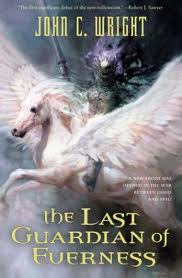 The Last Guardian of Everness
The Last Guardian of Everness
Tor (336 pages, Sept 2004, $25.95)
Mists of Everness
Tor (352 pages, Feb 2005, $25.95)
By John C. Wright
The Everness of the title is simply a house, a sprawling mansion built on the northern Maine coast. Everness is a memory palace made real, a house whose features and layout are identical in both the waking and dream worlds, and one of the few gateways where dreams can cross over into manifest reality. It is a conduit for all the normal dreams that come to humans in their sleep, but it is also a border to be defended. The run-down seawall of the manifest world is a towering battlement in the Dreaming.
John C. Wright’s Chronicles of Everness is an epic in two moderately sized volumes dealing with an assault upon our world (the waking world) and a horde of unspeakable evils from our nightmares. Literally. The world of the fantastic exists, but only in a vast dream-world composed of a vast population of gods, demons, monsters, fairies, selkies, angels, and supernatural princes.
It’s a difficult pair of books to encapsulate in any reasonable number of words, simply because of the sheer number of ideas, fantastic settings, plot threads, and scenarios Wright manages to stuff between his covers. On the most basic level, they’re a tale of good versus evil, but that battle is fought in locations ranging from a suburban living room to the towers of an undersea Hell. The books bite off a lot, and manage to chew through most of it with style.
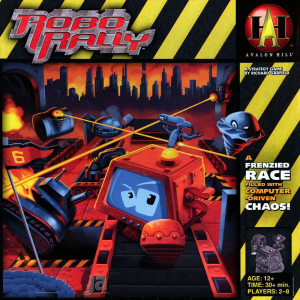
 Aylmer Vance, agent of the enigmatic Ghost Circle, made his first appearance on the nightmare stage in 1914. The creation of husband-and-wife writing team Alice and Claude Askew, Vance appeared in eight consecutive issues of The Weekly Tale-Teller between July and August. The stories-“The Invader”, “The Stranger”, “Lady Green-Sleeves”, “The Fire Unquenchable”, “The Vampire”, “The Boy of Blackstock”, “The Indissoluble Bond” and “The Fear”-ranged from grotesque to gentle, and are, by and large, of a slower pace than those featuring Vance’s contemporaries, such as
Aylmer Vance, agent of the enigmatic Ghost Circle, made his first appearance on the nightmare stage in 1914. The creation of husband-and-wife writing team Alice and Claude Askew, Vance appeared in eight consecutive issues of The Weekly Tale-Teller between July and August. The stories-“The Invader”, “The Stranger”, “Lady Green-Sleeves”, “The Fire Unquenchable”, “The Vampire”, “The Boy of Blackstock”, “The Indissoluble Bond” and “The Fear”-ranged from grotesque to gentle, and are, by and large, of a slower pace than those featuring Vance’s contemporaries, such as 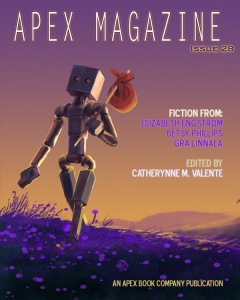
 The new
The new 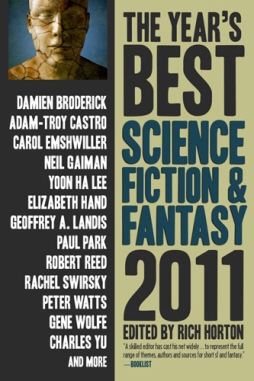
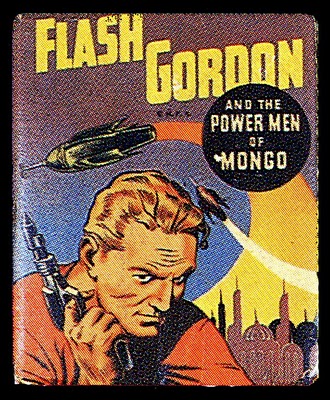
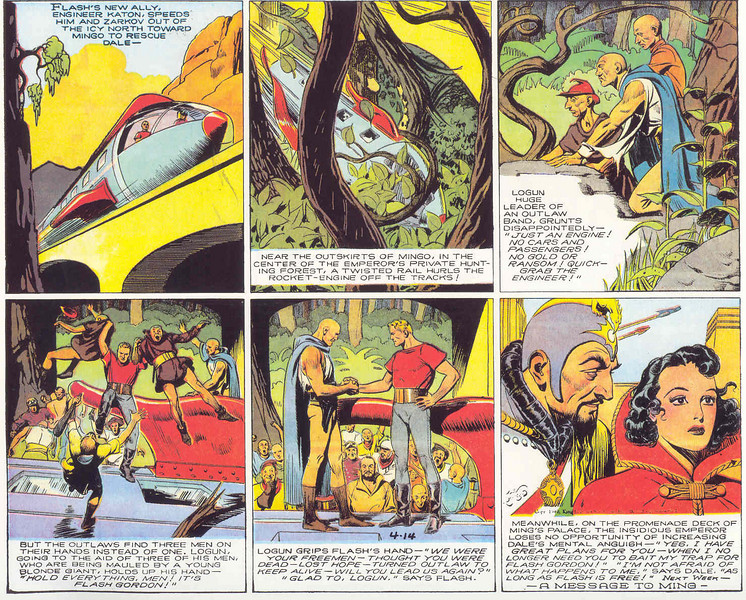
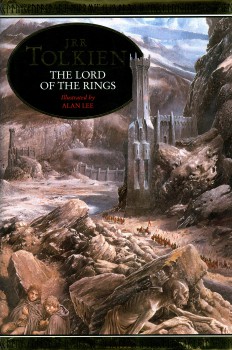 Part 2 of a 2-part series
Part 2 of a 2-part series